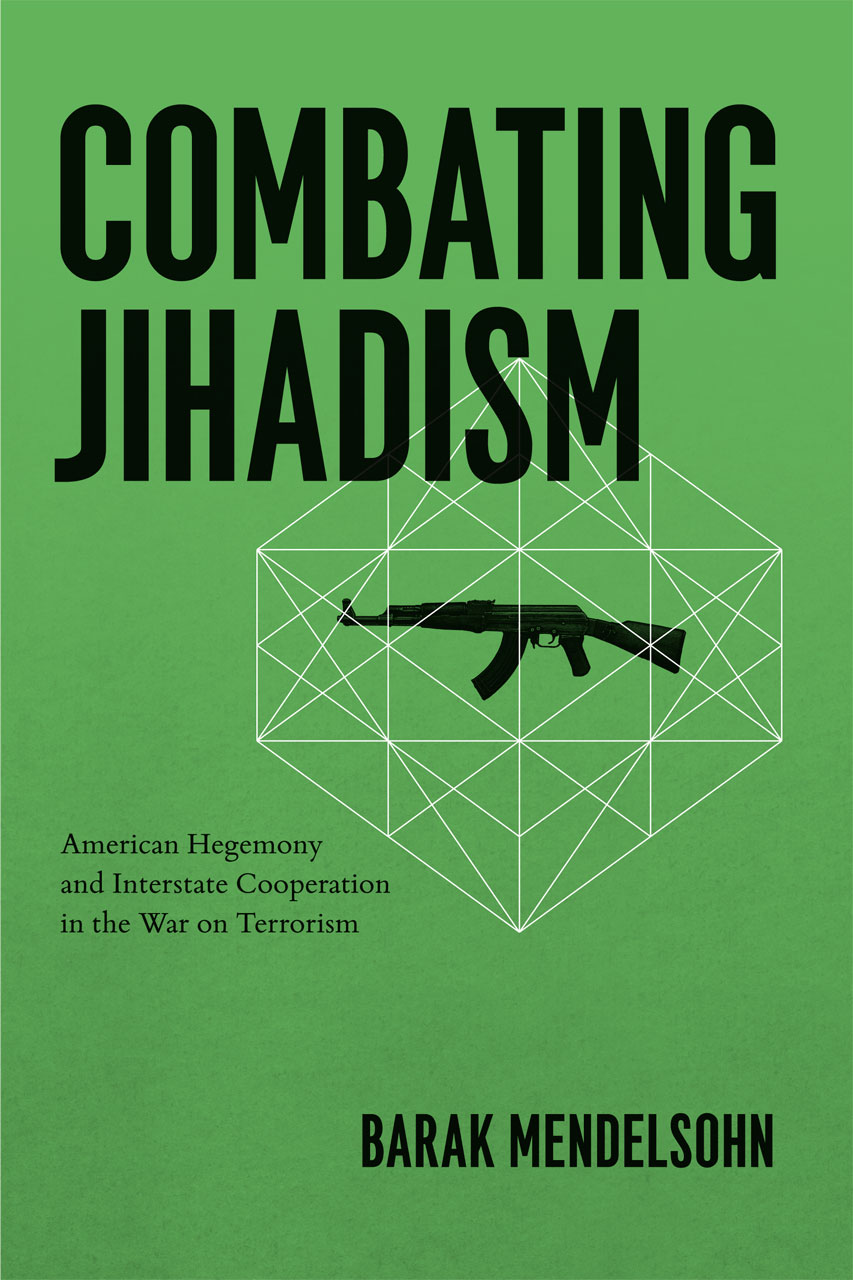Dying To Win Robert Pape Pdf To Jpg
Scott Horton Interviews Robert Pape Robert A. Pape is an American political scientist. Dying to Win: The Strategic Logic of Suicide Terrorism. Dying to Win: The.

Publication date 2005 Pages 352 Dying to Win: The Strategic Logic of Suicide Terrorism is 's analysis of from a strategic, social, and psychological point of view. It is based on a database he has compiled at the, where he directs the Chicago Project on Security and Terrorism. The book's conclusions are based on data from 315 suicide terrorism attacks around the world from 1980 through 2003. Euro Truck Simulator 2 Download Ita Completo Gratis Pc Beveiligingen here. Of these, 301 were classified into 18 different campaigns by 11 different groups; the remaining 14 appear to have been isolated. Published in May 2005, Pape's volume has been widely noticed by the press, the public, and policymakers alike, and has earned praise from the likes of, Congressman (R-Texas), and. Dying to Win is divided into three parts, analyzing the strategic, social, and psychological dimension of suicide terrorism. Contents • • • • • • • • • • • • • • • • • • • • • • • • • Detailed synopsis [ ] Introduction [ ] Ch.
1: The Growing Threat [ ] Pape claims to have compiled the world's first 'database of every suicide bombing and attack around the globe from 1980 through 2003—315 attacks in all' (3). 'The data show that there is little connection between suicide terrorism and, or any one of the world's religions. Rather, what nearly all suicide terrorist attacks have in common is a specific secular and strategic goal: to compel modern democracies to withdraw military forces from territory that the terrorists consider to be their homeland' (4). It is important that Americans understand this growing phenomenon (4–7). 2: Explaining Suicide Terrorism [ ] Caveat: the book's conclusions do not hold for in general (8–9). Pape distinguishes among demonstrative terrorism, which seeks publicity, destructive terrorism, which seeks to exert coercion through the threat of injury and death as well as to mobilize support, and suicide terrorism, which involves an attacker's actually killing himself or herself along with others, generally as part of a campaign (9–11). Three historical episodes are introduced for purposes of comparison: the ancient Jewish (11–12; see also 33–34), the 11th-12th-century (12–13; see also 34–35), and the Japanese (13; see also 35–37).